joint projects
mockups
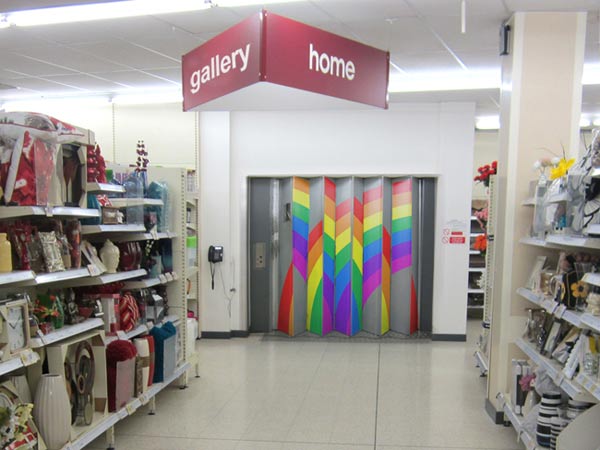 Gallery Home
Gallery Home
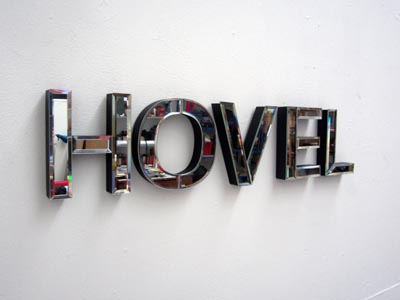 Hovel mirror (LOVE + HOME)
Hovel mirror (LOVE + HOME)
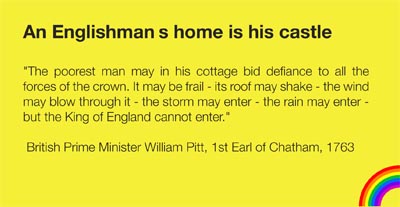 Hovel text
Hovel text
"I never made the separation between, say,
the museum and the hardware store." - Claes Oldenburg
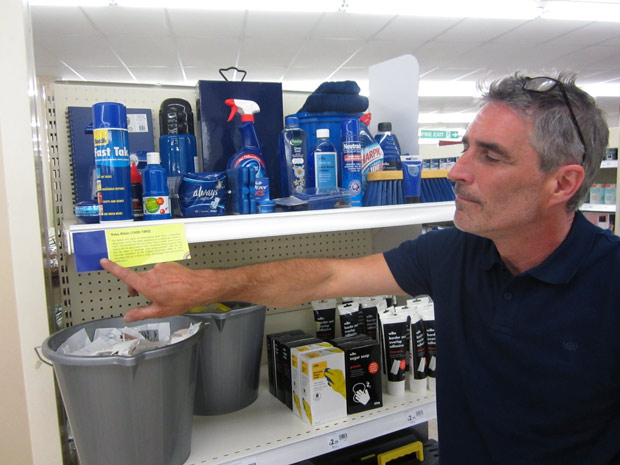 Johnathan pointing at Yves Klein shelf label
Johnathan pointing at Yves Klein shelf label
“To steal ideas from one person is plagiarism;
to steal from many is research.” - Steven Wright
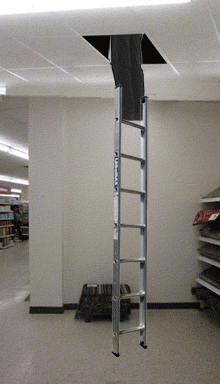 Rainbow in progress
Rainbow in progress
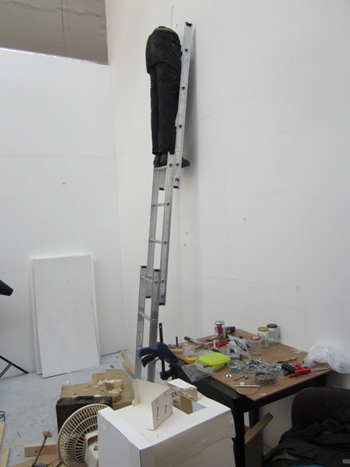 Stuffed trousers
Stuffed trousers
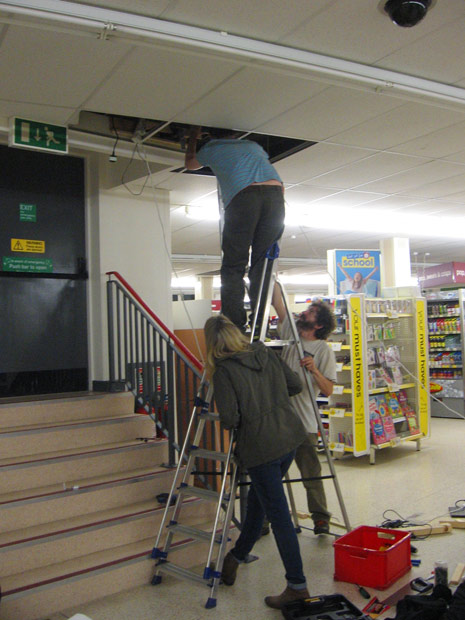 Ladders being installed: Tom Keene installing the wobbly mechanism for the ladders with Kyp and Suzie 'helping'.
Ladders being installed: Tom Keene installing the wobbly mechanism for the ladders with Kyp and Suzie 'helping'.
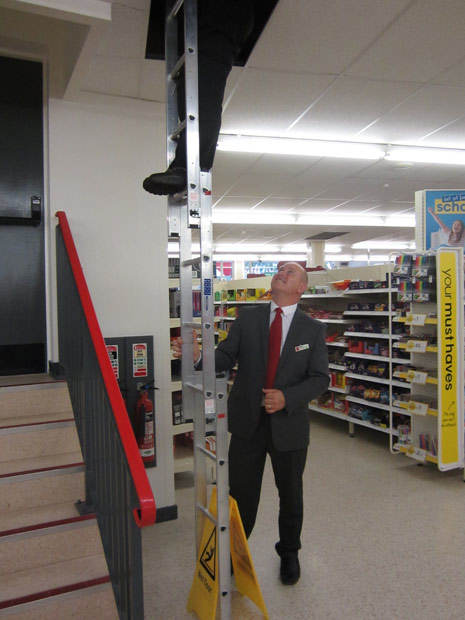 Manager Mike Cotterell inspecting the wobbly ladder
Manager Mike Cotterell inspecting the wobbly ladder
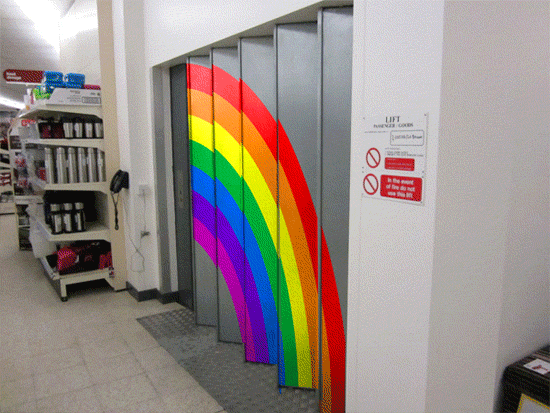 Rainbow's ends.
Rainbow's ends.
 Rainbow in Progress (in progress)
Rainbow in Progress (in progress)
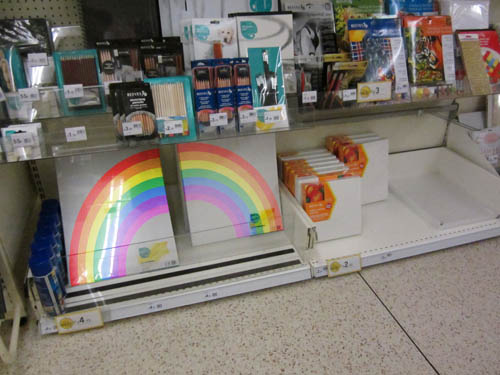 buy one get one free
buy one get one free
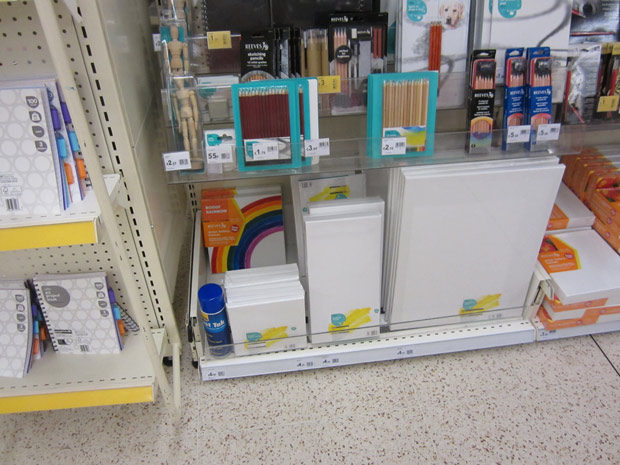 Bogof Rainbows
Bogof Rainbows
A curriculum of materials.
Hardware stores cover the curriculum: STEM, reading, arts, and history. Count, weigh, measure, and compare fasteners, wire, pipe, and gallons of paint. Put simple machines–screws, saws, pulleys, and crowbars–to work. Test the pH of the soil; build an electric circuit; explore sound waves in metal pipes; or find inspiration in everyday objects as Oldenburg did in the three-way plug.
Jeanne Vergeront
http://museumnotes.blogspot.co.uk/2011/12/hardware-stores-and-museums.html
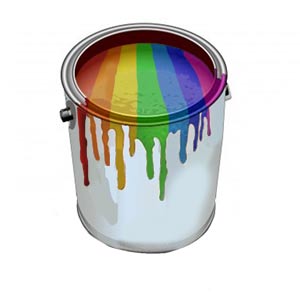 Test Pot
Test Pot
Industrial Paints
In the United States, synthetic paints began to replace natural materials in household paints in the 1930s. Artists at this time also migrated toward these materials. They were cheaper and more readily available, especially during World War II, when natural raw materials were difficult to obtain. They also appealed to artists who wanted to experiment with nontraditional materials to create nontraditional art. David Alfaro Siqueiros, Franz Kline, and Willem de Kooning (1984.613.7) were some of the artists who turned to industrial paints in the creation of their works. In Jackson Pollock's ink and enamel drawing of ca. 1948–49 (1982.147.27), the red synthetic paint has a raised body and shiny appearance. The physical characteristics of this synthetic paint, which allow it to flow and drip, are integral to Pollock's unconventional methods. This paint can capture movement and gesture, from the finest line to the largest blobs, reflecting the speed and angle of application.
Bricolage
In art, bricolage is a technique where works are constructed from various materials available or on hand, and is seen as a characteristic of many postmodern works.
Bricolage is also applied in interior design, through blending styles and accessorizing spaces with what is "on hand". Many designers use bricolage to come up with innovative and unique ideas.
In his book The Savage Mind (1962, English translation 1966), French anthropologist Claude Lévi-Strauss used "bricolage" to describe the characteristic patterns of mythological thought. In his description it is opposed to the engineers' creative thinking, which proceeds from goals to means. Mythical thought, according to Lévi-Strauss, attempts to re-use available materials in order to solve new problems.
Jacques Derrida extends this notion to any discourse. "If one calls bricolage the necessity of borrowing one's concept from the text of a heritage which is more or less coherent or ruined, it must be said that every discourse is bricoleur
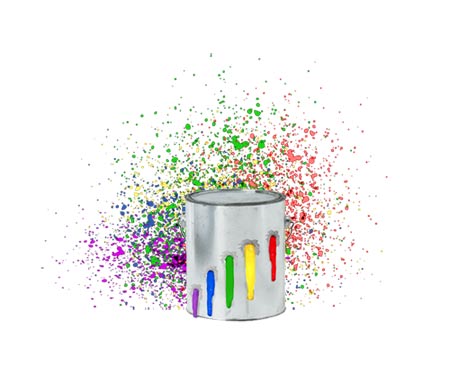 Least Events
Least Events
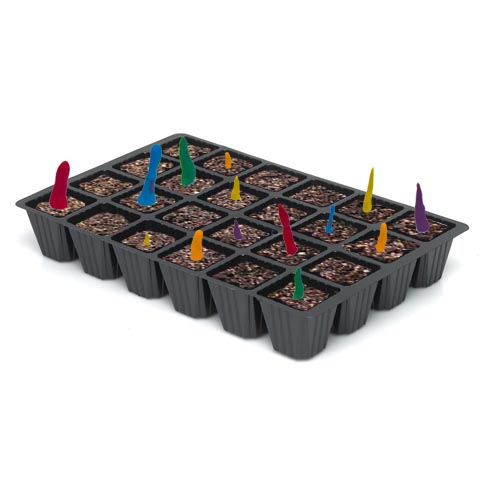 Rainbow Seeds Beuys
Rainbow Seeds Beuys
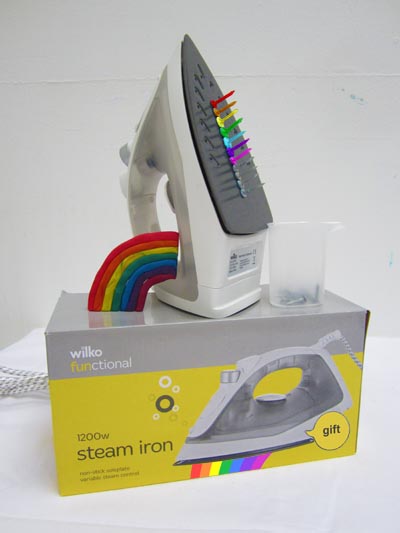 Cadeaux mockup (Man Ray)
Cadeaux mockup (Man Ray)
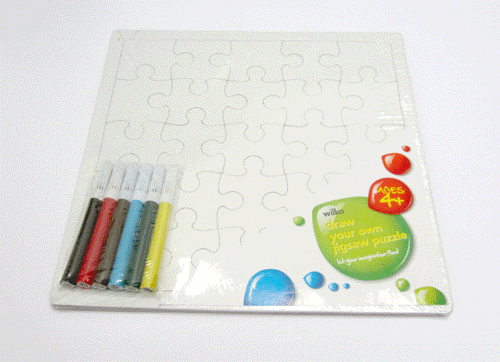 Jigsaw rainbow (animation)
Jigsaw rainbow (animation)
.jpg) Erased DeKooning (by numbers)
Erased DeKooning (by numbers)
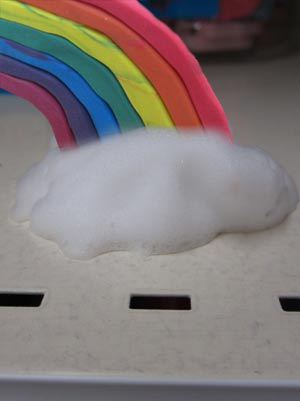 Wilko's plasticine rainbow on soap sud found on shelf
Wilko's plasticine rainbow on soap sud found on shelf
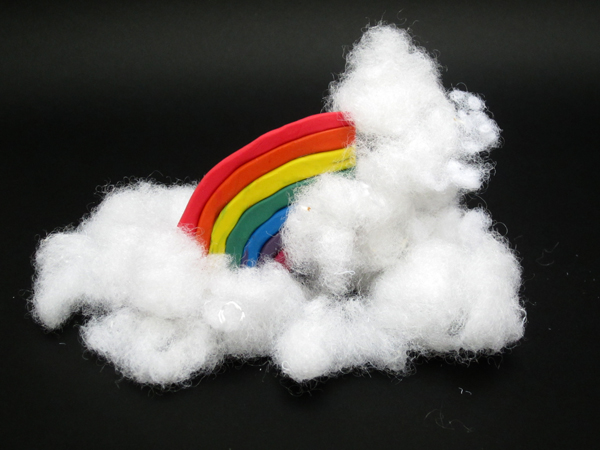 Wilko's stuffing and plasticine rainbow
Wilko's stuffing and plasticine rainbow
.gif) Object (after Oppenheim): Wilko teacup and saucer & toy dog
Object (after Oppenheim): Wilko teacup and saucer & toy dog
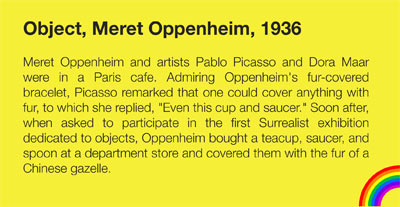 Object wall text 1
Object wall text 1
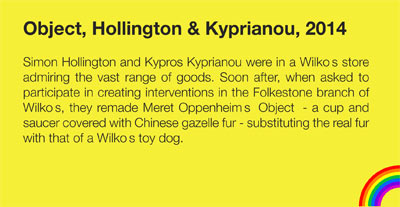 Object wall text 2
Object wall text 2
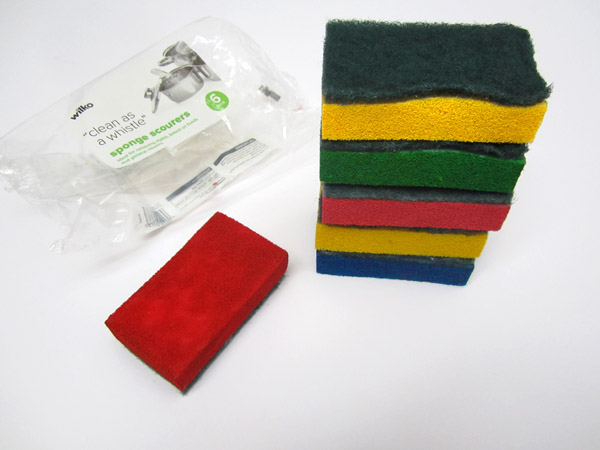 Sponge painting technique
Sponge painting technique
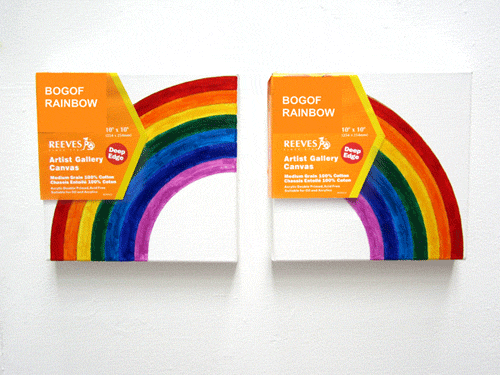 Bogof rainbow canvas: (bodged on with felt tip)
Bogof rainbow canvas: (bodged on with felt tip)
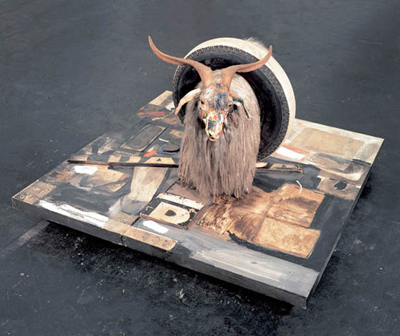 Rauschenberg Monogram 1959
Rauschenberg Monogram 1959
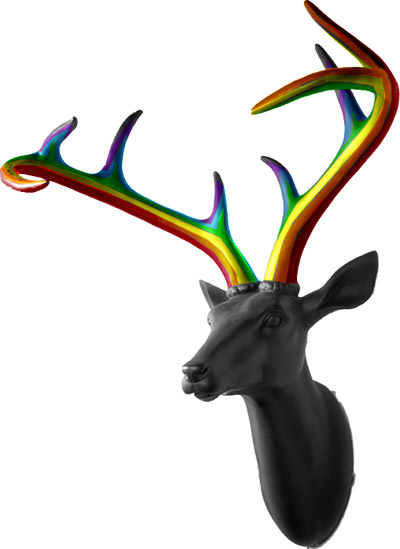 Tree
Tree
Although Rauschenberg contributed enormously to postwar ideas about agglomeration, order, appropriation, duplication, assemblage, collage and photo-into-painting, his esthetic garrulousness often turns his work into a department store: something scanned, not studied. Unlike Jasper Johns, whose art relies heavily on people talking almost ad nausea about every detail, Rauschenberg is so convinced that all things in the world are equal that the work itself often equals out and gets slushy in the mind. He is a sort of artistic suicide bomber: a true believer who is unafraid to have his work look cruddy.
... As Rauschenberg professed, "I could never make the language of Abstract Expressionism work for me -- words like 'tortured,' 'struggle' and 'pain,' I could never see those qualities in paint.
... after weeks of working with 15 erasers on a particularly dark drawing given to him by the artist, Rauschenberg produced Erased de Kooning Drawing and called it art. Actually, he called it "a monochrome no-image," saying he wanted to "purge" himself while "exercising the possibilities." Later he stated, "I would substitute anything for preconceptions and deliberateness."
...Monogram features a stuffed Angora goat encircled by a tire. The goat, whose snout is covered in multicolored war paint, is standing on a painting, as if grazing at pasture. A sort of gargoyle or ravaging scavenger guarding over and also destroying art, this cloven-hoofed creature is a shamanic manifestation of Rauschenberg. In early Christian art goats symbolized the damned. This is exactly what Rauschenberg was as a gay/bisexual man and an artist, at the time. A dingy tennis ball behind the animal suggests it has defecated on painting. Allegorically, Rauschenberg is a bull in the china shop of art history, a satyr squeezing through the eye of an esthetic/erotic needle.
http://www.artnet.com/magazineus/features/saltz/saltz1-11-06.asp
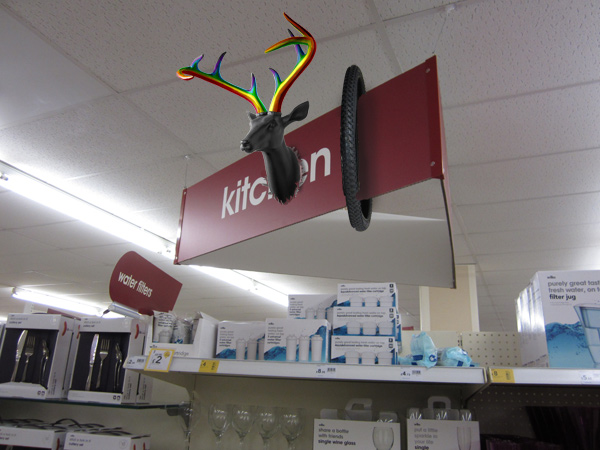 Monogram
Monogram
 Tree
Tree
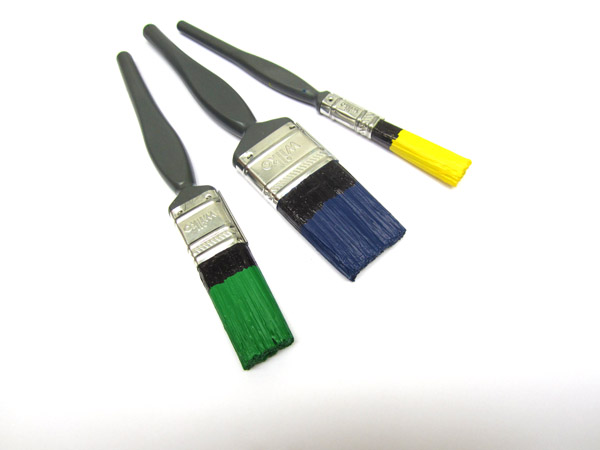
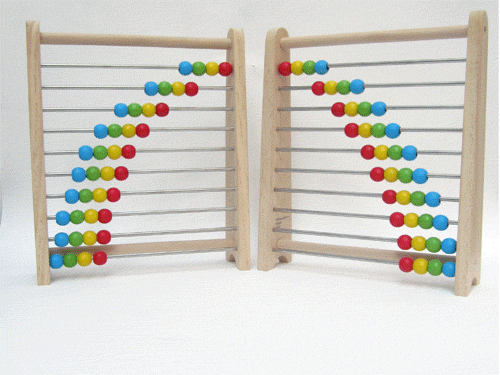 Abacii rainbow
Abacii rainbow
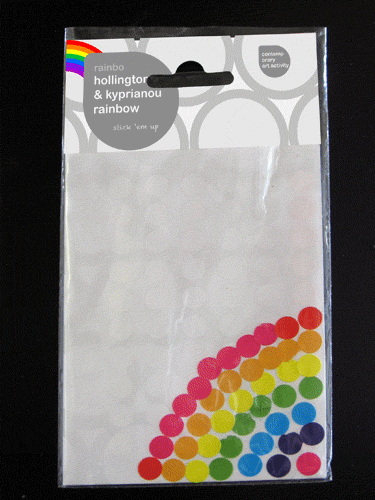 Various dot labels
Various dot labels
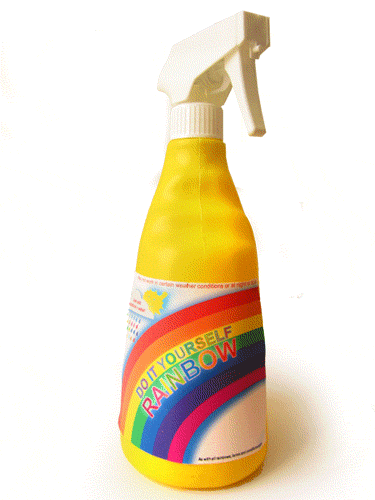 The Rainbow Maker (yellow)
The Rainbow Maker (yellow)